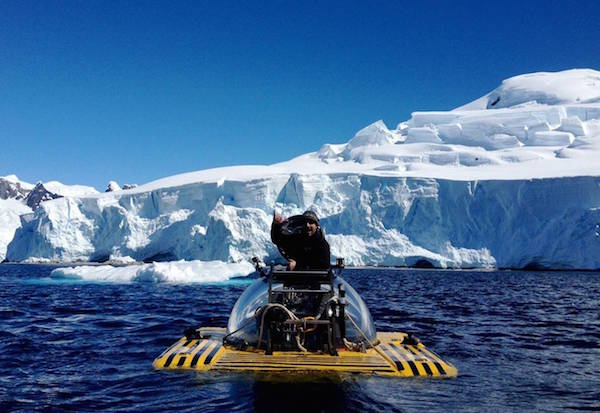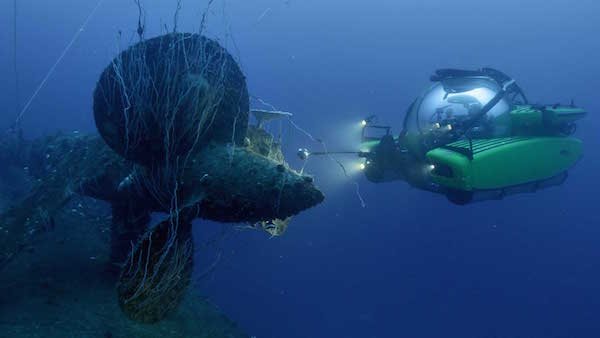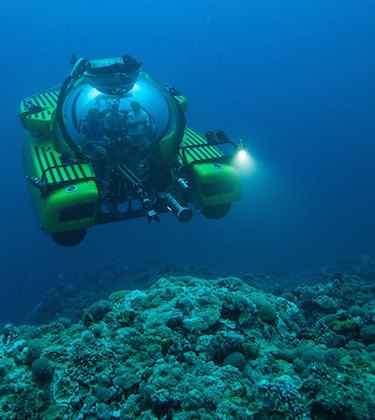Dispelling submersible myths
The thought of having a submersible on board is an adventurous idea for owners, but not without concerns.…
The sight of David Attenborough exploring the Great Barrier Reef in a Triton submersible from MV Alucia during a recent discovery programme is enough to make even the least adventurous yacht owner question the exploratory possibilities of having a submersible on board. It is no question that submersibles can open up a whole new dimension to superyacht ownership.
“When you dive below 50m you know that you are most likely seeing something that no one has ever seen before, and that resonates with owners looking for unique experiences,” explains Patrick Lahey, managing partner of Triton Submarines, adding a caveat that submersibles allow users to explore much greater depths, with 1000m considered a standard depth for modern recreational submersible diving.
While the thought of having a submersible on board is no doubt an exciting idea to owners who are interested in making their yacht more capable and adventurous, the concept is not without concerns. Lahey acknowledges that there are many myths surrounding submersibles in yachting; the primary being that they are complicated, dangerous and expensive.
“Most people think that submersibles are complex to operate, but they are not compared to the other systems on board that crew use on a daily basis,” he points out, adding that when Triton sells a sub, they sell it with thorough and regular training.
Rob McCallum, co-founder of EYOS Expeditions, promotes the use of submersibles to ensure that superyachts make the most of the remote and far-flung destinations that they visit. He believes that the rapid development of technology in the submersible world has allowed more superyachts the opportunity to have them on board.
The main challenge McCallum experiences with submersible operations comes down to local laws in certain destinations. He recounts one superyacht EYOS worked with that was planning an expedition to Chile. Chilean legislation classed submersibles as war ships, so in order to enable this expedition to go ahead, the legislation was changed.
“The key is engagement,” McCallum says. “There is a lot of bureaucracy surrounding the legislation of submersibles, so in terms of getting around local laws, superyachts should invite VIPs on board – local decision makers that can witness the ocean in a profound way."
Interestingly, McCallum admits that most resistance to submersibles is found in the Mediterranean, with authorities nervous that something of historical significance might be taken. “Again, the best way to get around this is to involve the local governments by engaging officials and taking them with you,” he advises. "This is what drives policy change and owners can be explorers in their own right.”
Images courtesy of EYOS Expeditions.
Click here to become part of The Superyacht Group community, and join us in our mission to make this industry accessible to all, and prosperous for the long-term. We are offering access to the superyacht industry’s most comprehensive and longstanding archive of business-critical information, as well as a comprehensive, real-time superyacht fleet database, for just £10 per month, because we are One Industry with One Mission. Sign up here.






